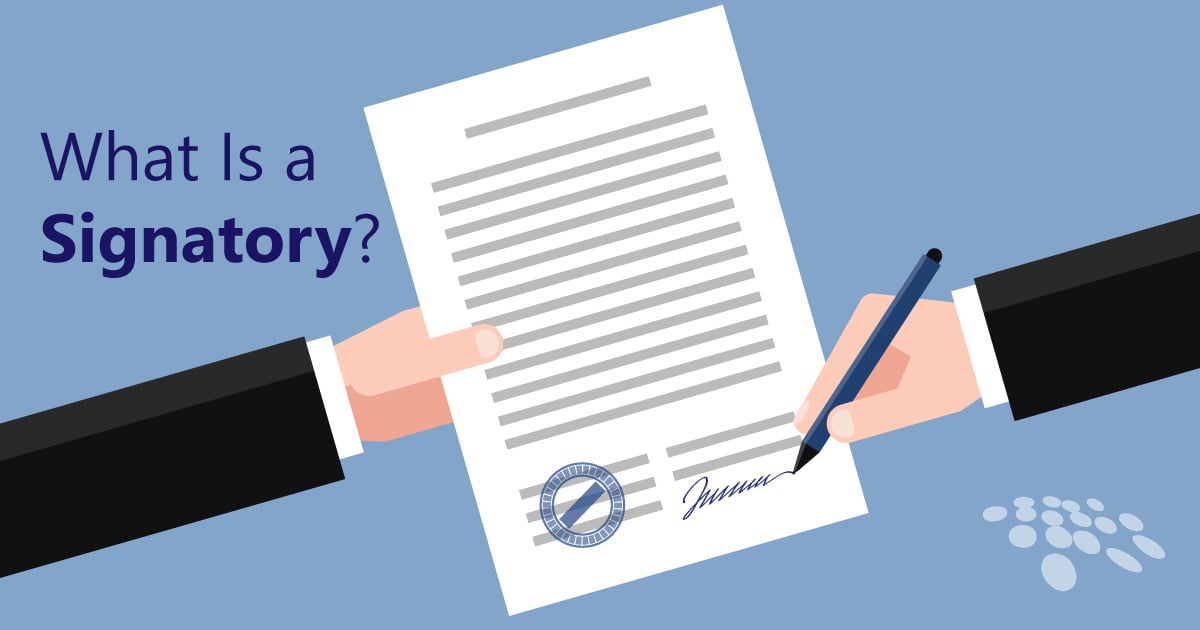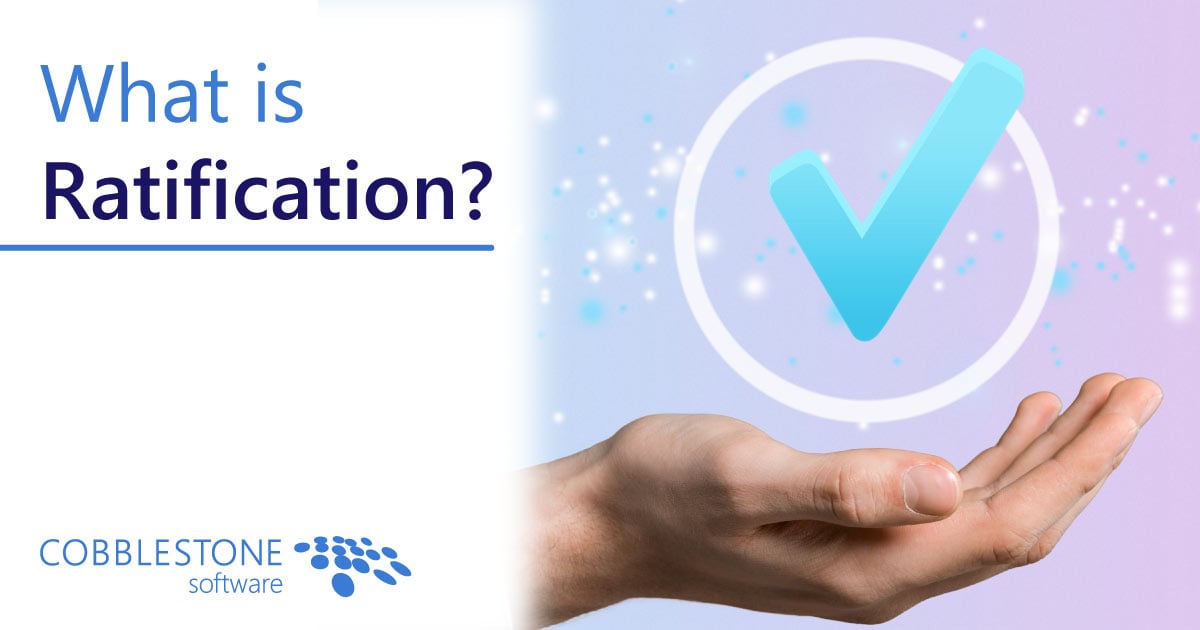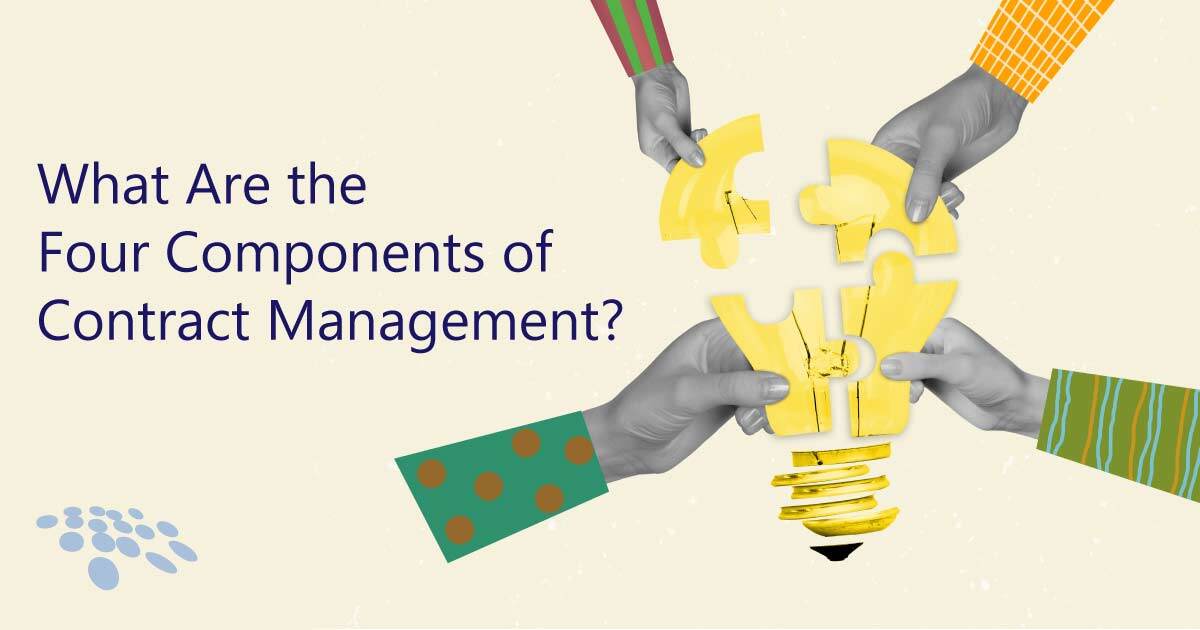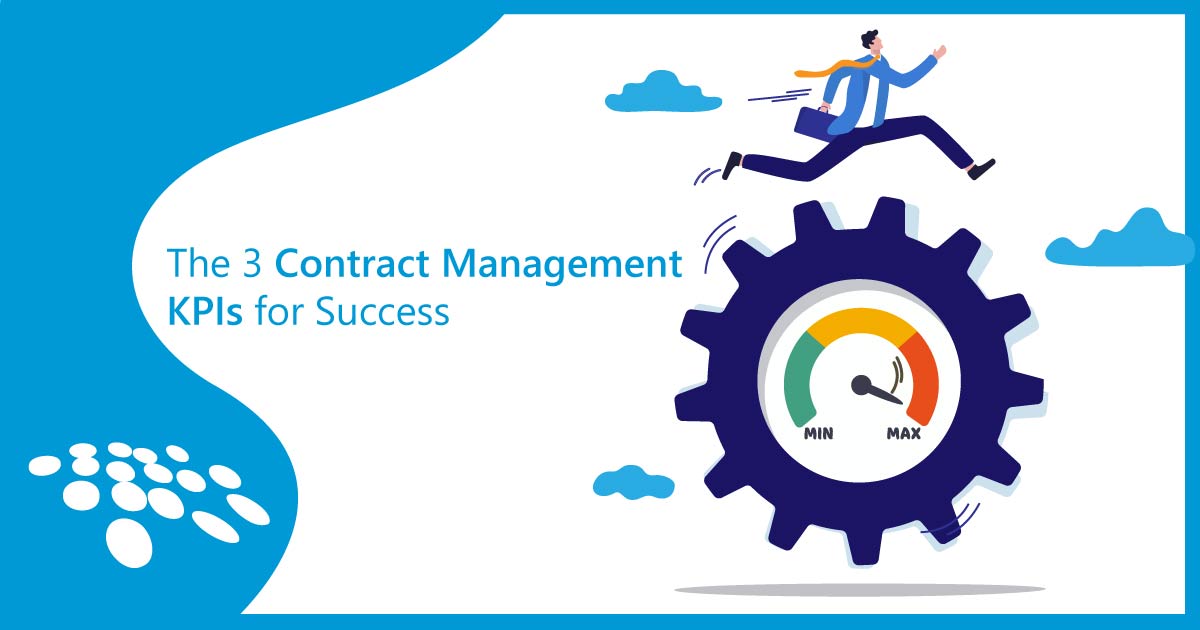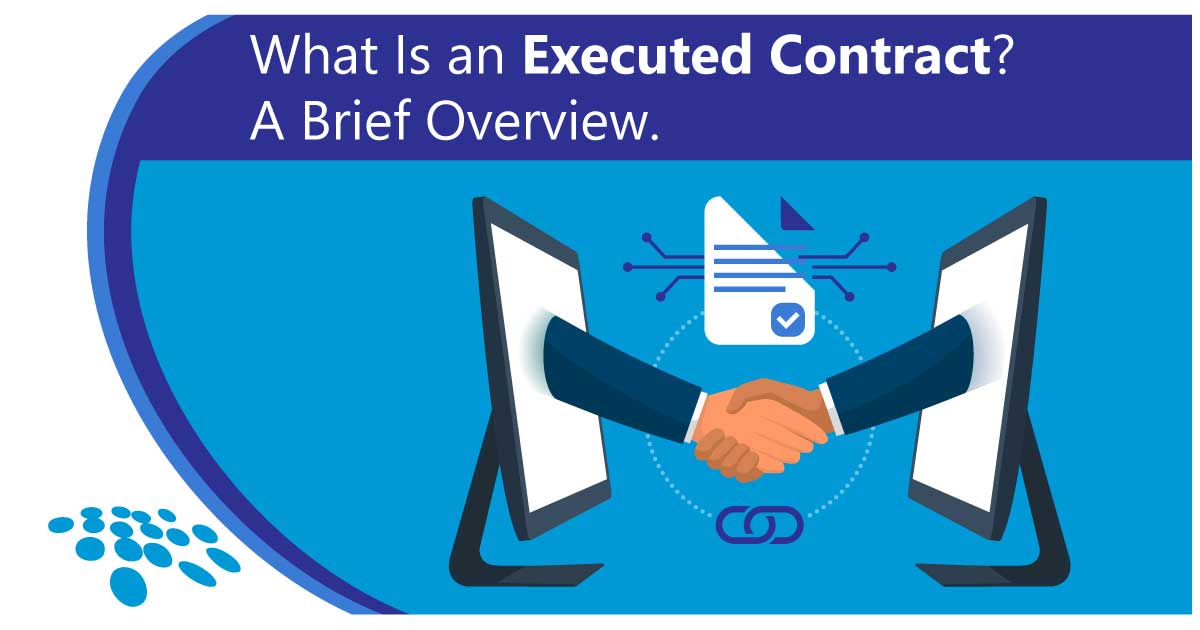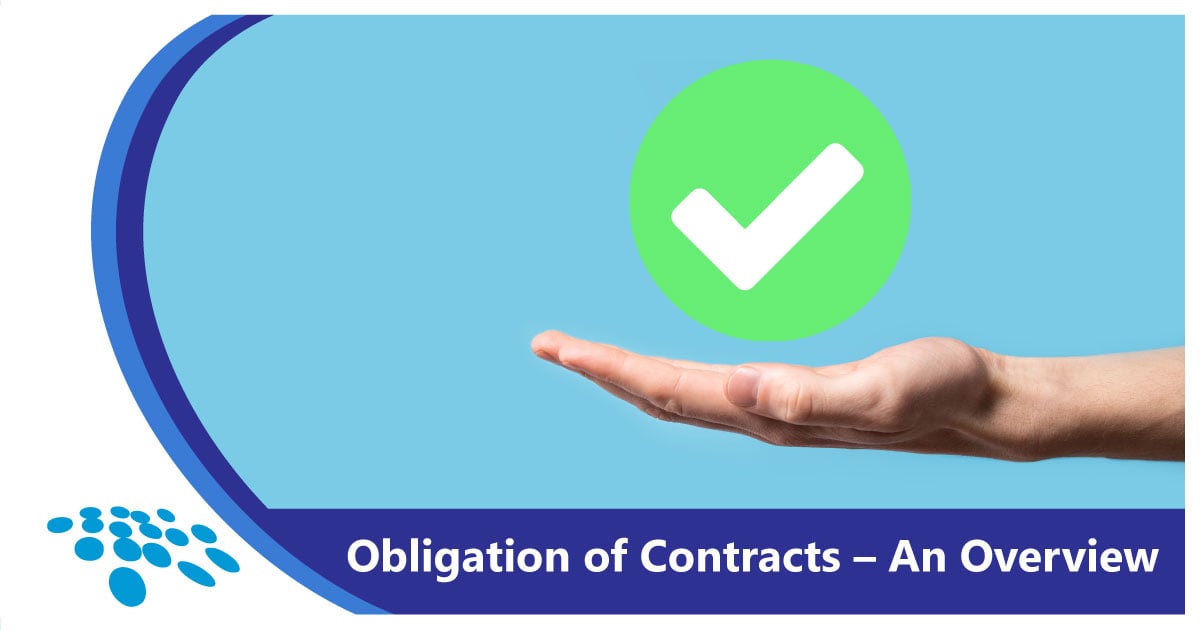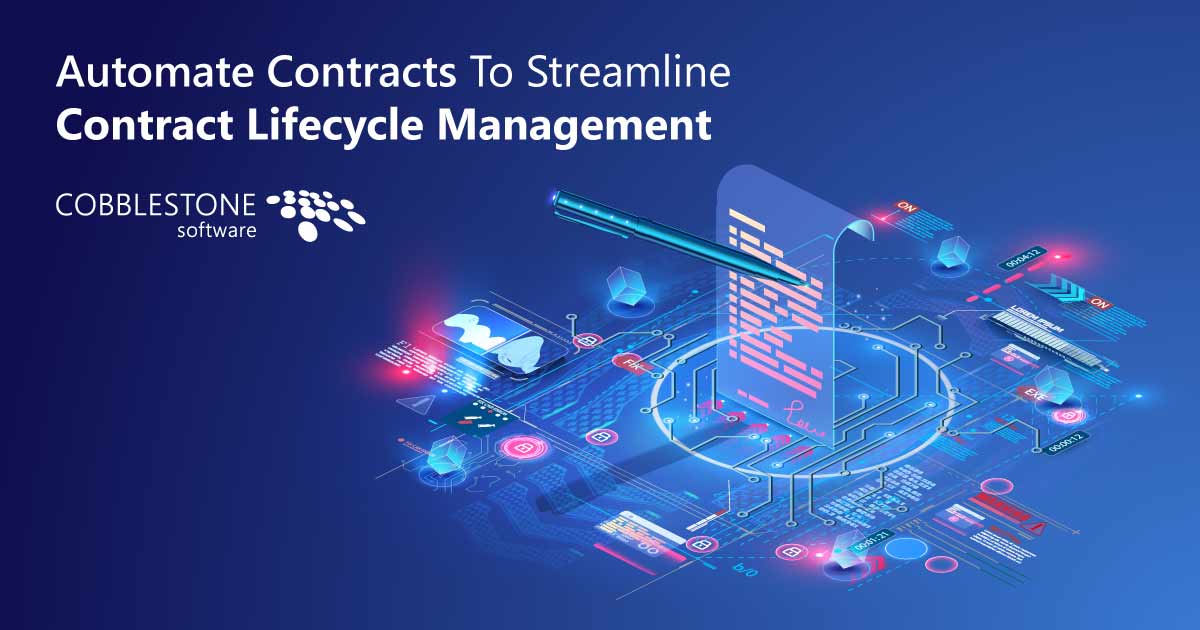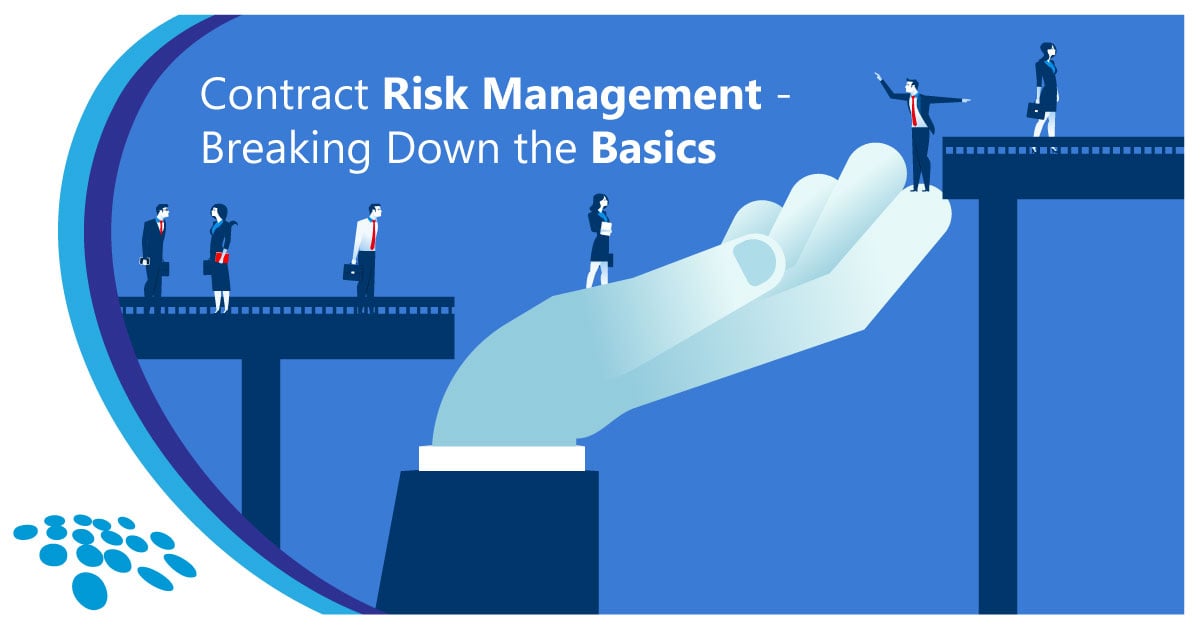
When examining successful organizations, you’ll likely find that they have mastered vendor management. What does vendor management mastery look like? Effective vendor management drives value from contracts, nurtures long-term relationships, and is repeatable for organizations managing as many as thousands of different vendors. The strategy behind sound vendor management is to evaluate vendor performance over time, in core areas, including vendor reliability, vendor quality, vendor cost structures, and more granular areas based on your industry. This article addresses the critical need for better vendor management by outlining vendor performance management best practices.
Vendor Relationship Goals
Improve efficiency and profits. Reduce inventory costs and stock levels. Decrease risk. Enhance cyber-security. Improve client satisfaction. These forerunning goals are the targets for organizations across all industries, and the clear path to goal attainment is an organization’s strategy around managing vendor performance.
When vendor performance management isn’t a priority, organizations may face poor relationships with vendors that lead to payment and cost challenges, missed deadlines, unacceptable compliance levels, and critical details being missed. As an organization’s roster of vendors grow, these challenges will increase in frequency and complexity.
Vendor performance should be based on contractual KPIs that are clearly defined, agreed upon, and measurable. Use historical vendor performance data to establish a baseline that will support your organization’s initiative of getting the most value from its vendors. It may take some time to determine how to perform a vendor analysis in a way that will lead to developing the right vendor performance KPIs for your organization and industry, but the results will be worth it. Typical benefits of managing vendor performance include decreased risk, streamlined vendor management and contract administration processes, continuous product and service improvements, and cost reductions.
Vendor Management KPI Examples
To improve vendor performance, establish KPIs that are qualitative, quantitative, and achievable. The vendor KPIs your organization sets today should be regularly reviewed and updated as necessary to support your organization's ever-evolving vendor relationship management needs. Common vendor KPI categories include:
- quality
- capacity
- delivery
- risk
- cyber-security
- cost savings
- customer service
- innovation
- expansion
Start measuring vendor performance today, so your organization is positioned to take a data-driven approach to vendor management that is centered around strategic sourcing, low-risk, and high value.
The Vendor Performance Management Scorecard
Vendor ratings and scorecards are essential for effective vendor management. A balanced scorecard considers weighted metrics within the vendor KPI categories pre-determined by your organization. CobbleStone’s Contract Insight® vendor rating scorecards can help you make better decisions about which vendors you work with. CobbleStone’s vendor scorecards make it easy to rate vendor financial stability, performance, quality, invoicing accuracy, vendor comparisons, and more. CobbleStone’s risk ranking feature allows users to track KPIs measured, vendor categories, and KPI score trends to create an accurate picture of how a vendor performs against agreed targets and how they perform in comparison to other vendors in the same category.
Vendor management scorecards should be easy to use and configured to align with timelines and milestones for streamlined and automated vendor contract management. Common vendor KPI types can be measured by:
- the consistency rates of delivering products and services that meet or exceed quality standards.
- the ability to regularly meet delivery deadlines of products and services, regardless of challenges around logistics, system uptime, change requests, or defect rates.
- the vendor's competitive prices balanced with infrequent price increases, acceptable quality standards, and delivery times.
- customer service excellence with effective collaboration, complaint escalation, and resolution management.
- business risk that is based on areas including financial stability, market/regulation changes, and safety and legal requirements.
- the vendor's cyber-security capabilities focused on vulnerability remediation and swift response to security incidents, reducing the likelihood that your organization’s data is exposed.
The Path to Better Vendor Management
Better vendor management starts with monitoring and reporting on vendor performance. Consistently measure and create vendor performance categories so your organization can develop an effective approach to managing vendor relationships with regular performance tracking and reporting of the impacts on your business. Vendor KPIs and scorecards will help you visualize the data so you can make informed decisions and take corrective action when necessary.
Vendor scorecards are a feature within CobbleStone’s vendor management software. CobbleStone’s vendor management system completely manages the vendor lifecycle so you can take a strategic approach to vendor management that is technology-driven, efficient, and proactive. CobbleStone’s configurable platform makes it easy to meet your organization’s requirements and can help organizations achieve better vendor management in as little as thirty days.
Request a demo today and see how you can streamline vendor management by integrating with contract management, online bidding and sourcing, and inventory management.










